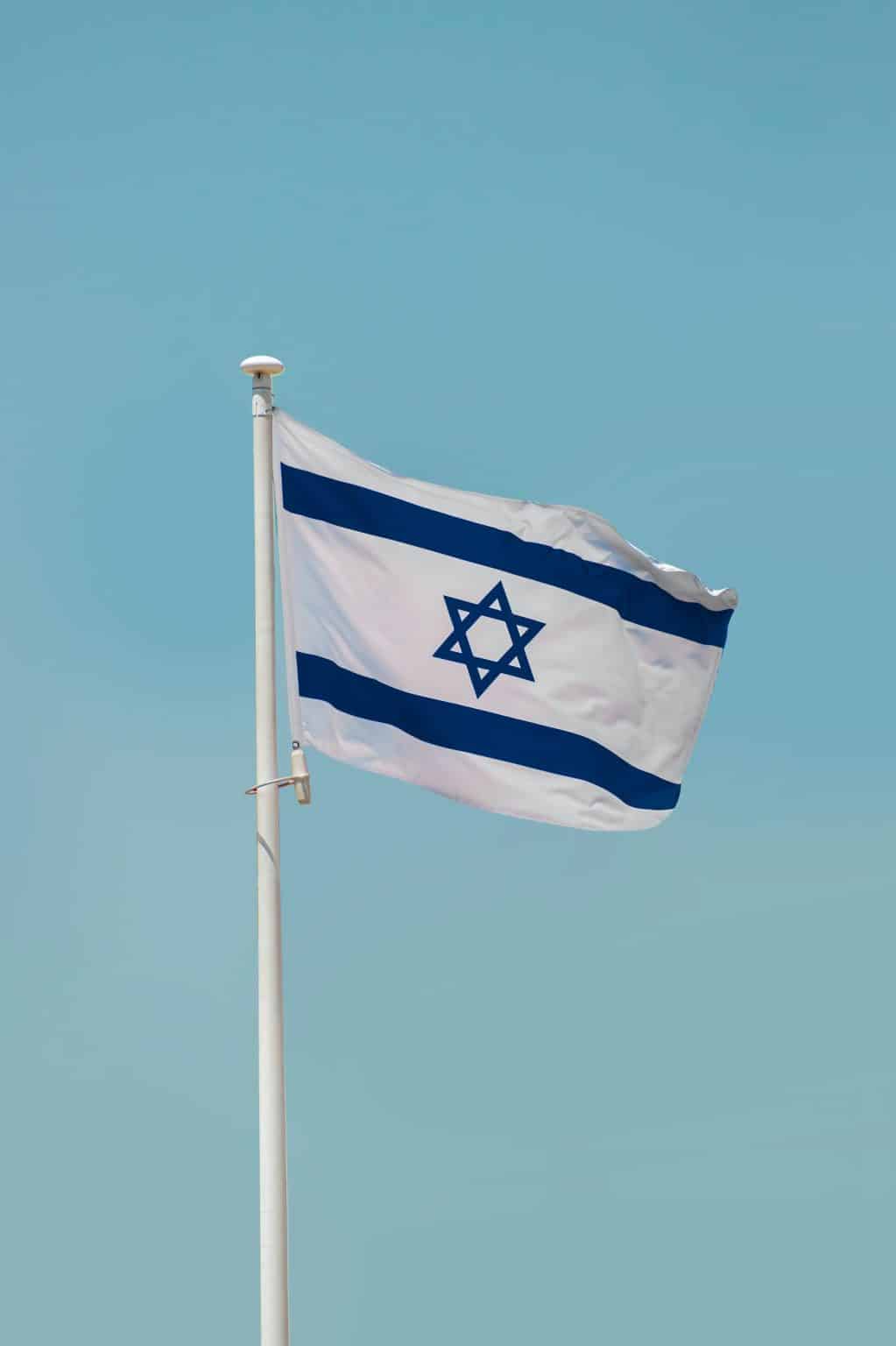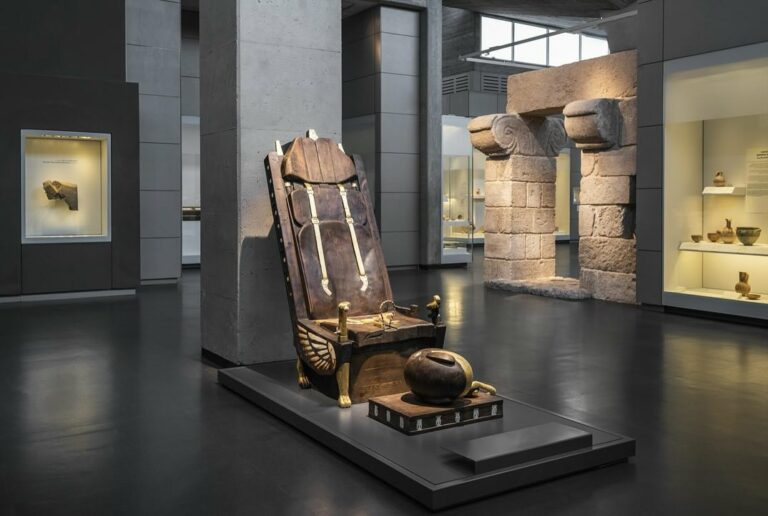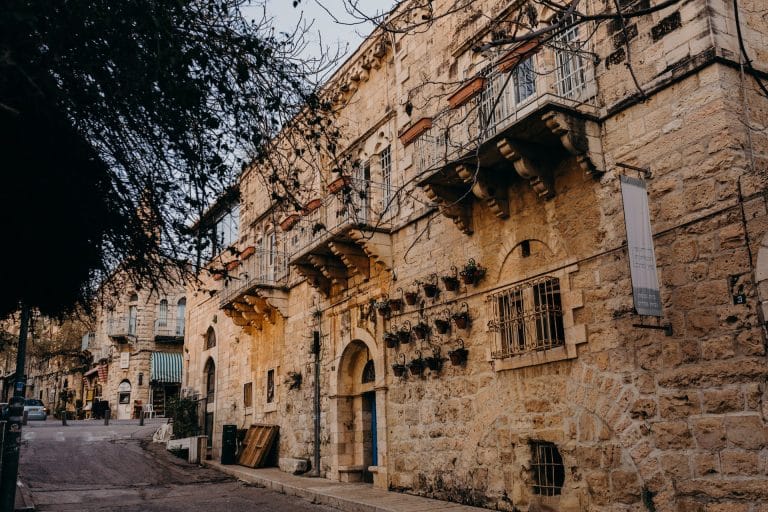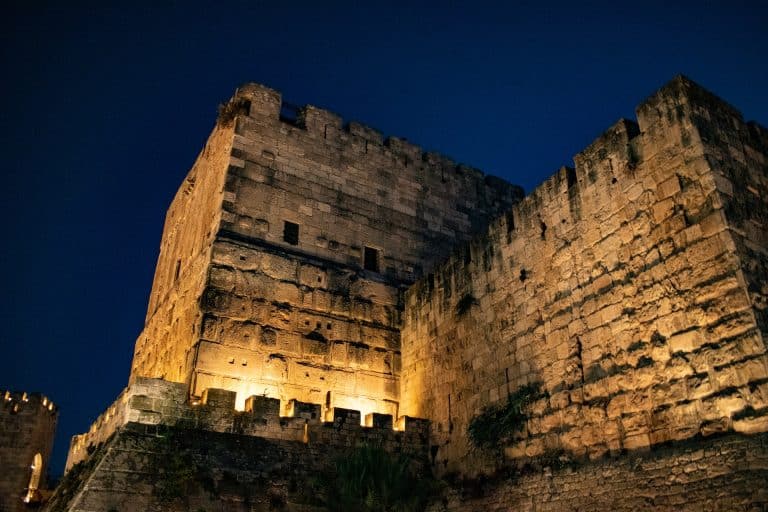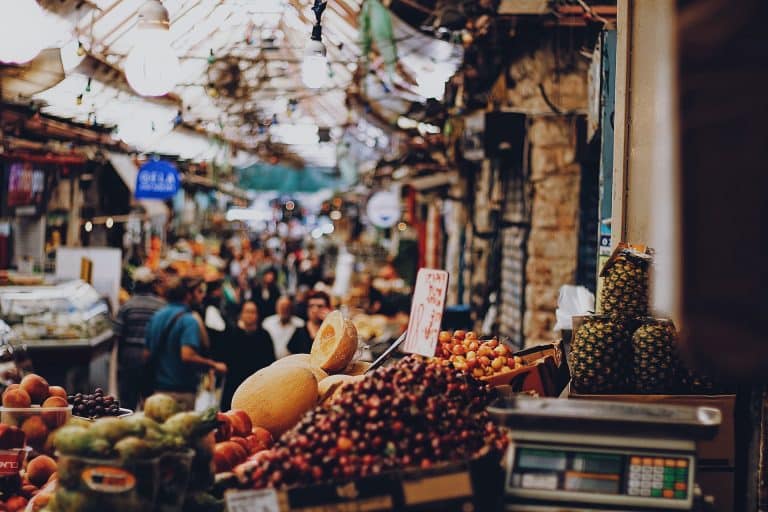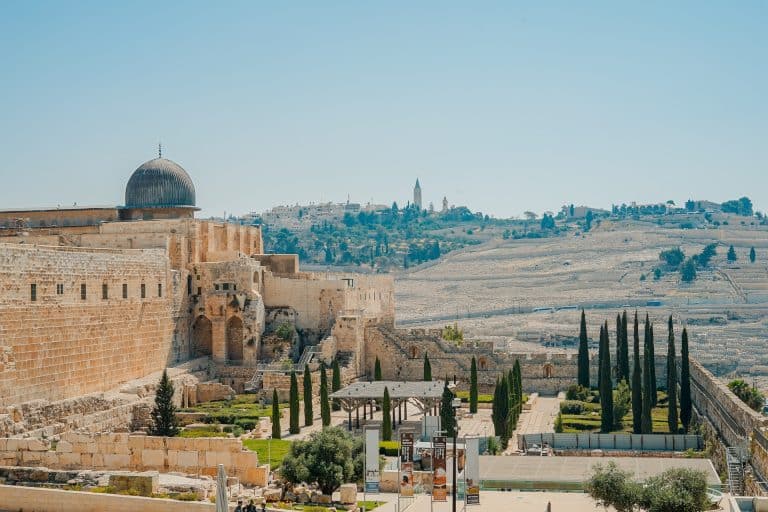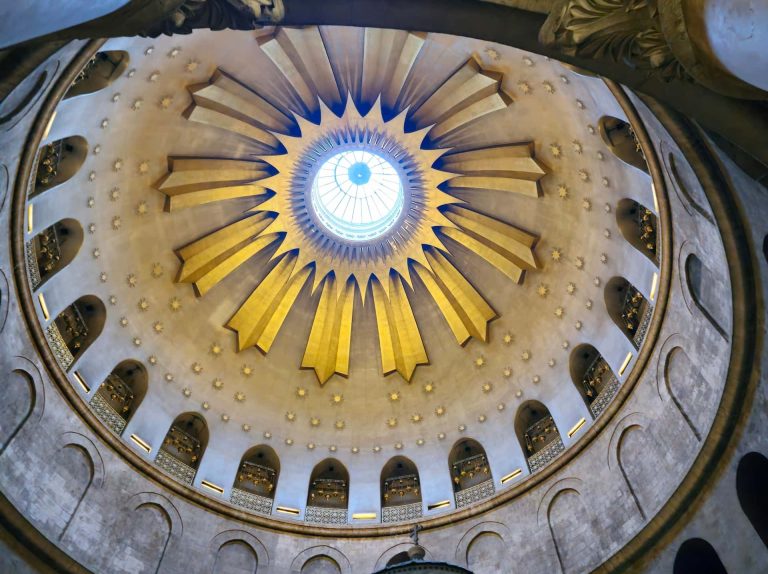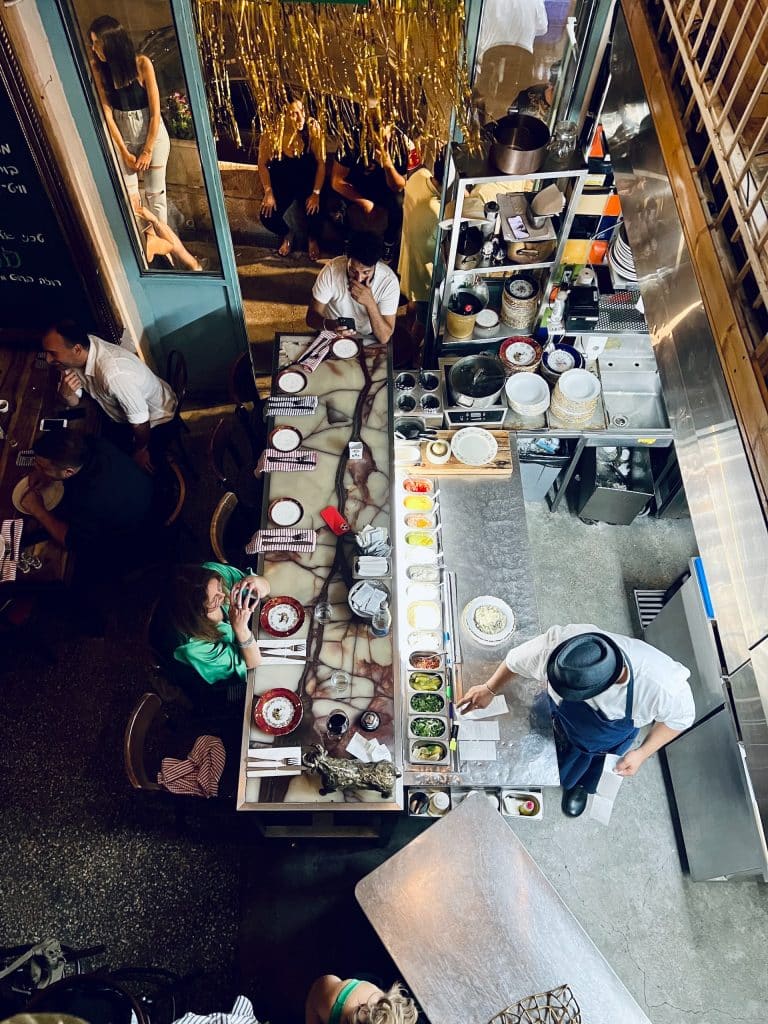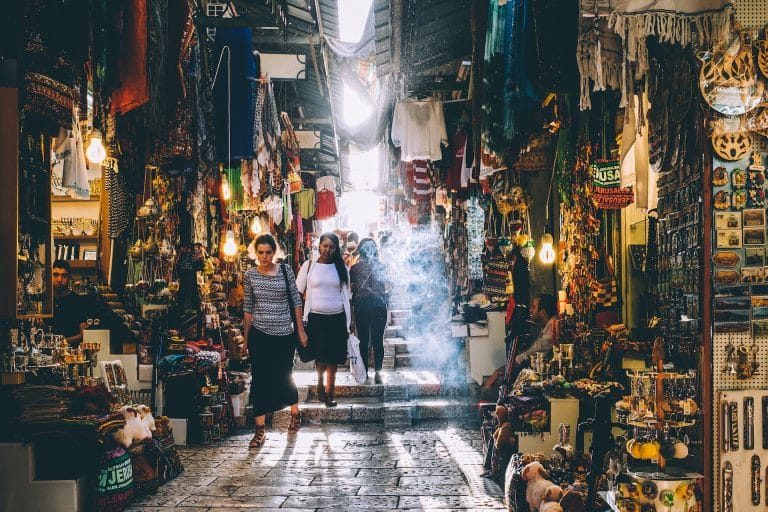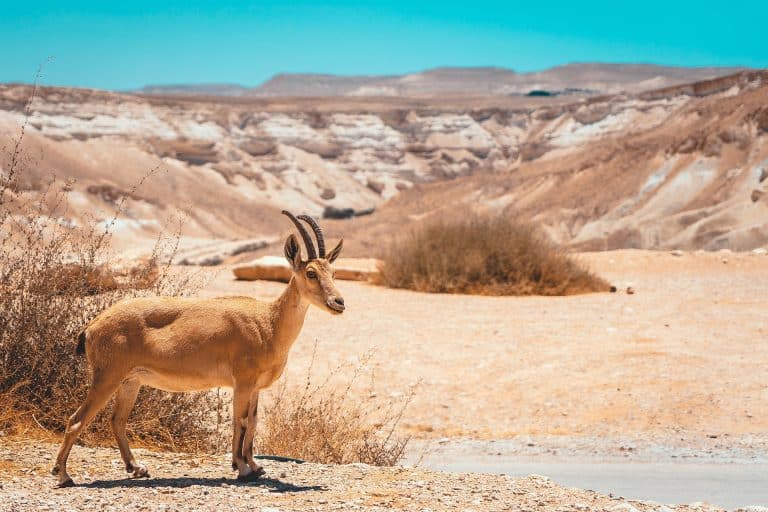Nachlaot, a cluster of 32 neighborhoods in Jerusalem, located around the city center, is one of the most unique and authentic areas to visit in Jerusalem. In this beautiful part of the city, you will find several different cultures, communities, and architecture, all within a very short walking distance, which makes the visit here a great way to experience the city of Jerusalem to its fullest. Here’s our recommendation for the best places to visit in Nachlaot, with a complete tour of this charming area of the city.
The story of Nachlaot
Nachalot is a collective name for 32 neighborhoods that were built in Jerusalem in the 19th and 20th centuries, as the first neighborhoods to be built outside the Jerusalem wall. The first neighborhoods of Nachlaot were built by the expatriates of the Old City of Jerusalem, which has gotten too crowded at the time, and later by Jewish immigrants who came to Israel from Middle Eastern countries. Those neighborhoods are symbolically considered the heart of the city of Jerusalem, as they are mostly concentrated between the main Agrippas and Bezalel streets, and some reach as far as central Jaffa Street and the Bezalel neighborhood.
The neighborhoods of Nachlaot are built in the form of courtyard neighborhoods, with one central courtyard that is surrounded by the buildings and houses of the neighborhood, which protect it and its residents. At the beginning of the 20th century when, this area has gotten much safer than before, several newer neighborhoods were built in a different way, characterized by small, narrow alleys.
Walking around Nachlaot
The best way to explore this part of Jerusalem is by walking around the beautiful alleys of the different neighborhoods. Here’s our recommendation for a walk around Nachlaot.
The beginning: Mishkenot Israel Neighborhood
Start from Clal Center on Jaffa Street, and from here, enter the Nachalot neighborhood at the gate leading to Sukkat Shalom Street, a narrow alley that characterizes the streets built at that time.
In the yard on the right, you will see clotheslines stretched between wooden posts. That is the neighborhood’s laundry drying facility, which is surprisingly still being used today.
Inside every yard in the neighborhood, a large, public cistern was dug for the benefit of the residents. The houses made of stone are reinforced with metal tension anchors in the shape of the number 8. From the end of Sukkat Shalom Street, turn right to Aryeh Street, and immediately left to Mishkanot street in Mishkenot Israel neighborhood. This neighborhood, as well as many other neighborhoods in Nachlaot, was founded by Rabbi Yosef Rivlin, a colorful and well-known Jerusalem figure. Rivlin was locally known as “the neighborhood builder”, for his strange custom of building a new neighborhood, living in it until it was full, then building another neighborhood and moving to it.
Batei Gorel neighborhood
From Mishkanit Street, turn to Goral Synagogue in Batei Goral Neighborhood. This tiny neighborhood was built for the Yemenite Jews who arrived in Jerusalem in 1882, hoping to see the rebuilt Temple. After their major disappointment, and the realization that their redemption is still very far away, this small neighborhood was built for them by the Zionist leadership, which set very strict rules for the residents. The families who got lucky received the houses in their hands for three years only and had to obey strict policies such as painting their kitchen every Saturday evening.
Mazkeret Moshe
At the end of the yard of Batei Goral, turn right and then left again onto Aryeh Street. Cross Shomron Street, and enter to the right, into the wide and green courtyard of the Mazkeret Moshe neighborhood, which was established in honor of the Israeli Minister Moshe Montefiore, and was intended only for Jewish immigrants of European origin. The yard was kept as a public space that was renovated over time and has a small soccer field, a playground, a community garden, and various community clubs.
At the end of Einayim LaMishpat Street, parallel to Mazekert Moshe Street, you will find the beautiful building of Beit Wiener, which is used by the neighborhood’s old community. From here, turn left and right to Mazkeret Moshe Street and go back to Agripas Street. From the main entrance of the neighborhood, where we started the tour, turn left at Agripas.
Ohel Moshe
Entering again, turn right on Bustan Sephardi Street and immediately left on the quiet Gilboa Street, where you will see many photos of the historical residents of the Bustan Sepharadi Neighborhood, including pictures of the fifth president of the State of Israel, Yitzhak Navon.
Continue along the street and turn left along it towards Ohel Moshe Street. Scattered around are the closed openings of the many water cisterns, which were used by the residents until the 1920s for drinking, bathing, and washing. The pictures on the wall, in a sort of outdoor museum, will continue to accompany you also on Ohel Moshe Street and enrich the tour with an almost personal encounter with the historical figures of the neighborhood.
Continue on Ohel Moshe Street, and reach Hatavor Street, where you will find the gate of the ultra-Orthodox neighborhood, Knesset Israel.
Knesset Israel
In the beginning, all of the residents of Nachalot were ultra-Orthodox, and there was a clear separation, on a sectarian basis, between the neighborhoods. The small Knesset Israel neighborhood still maintains its ultra-orthodox community and has a big synagogue which is active for most of the day and serves as the center of the neighborhood’s community. The apartments all face in the direction of a central courtyard, where the entire neighborhood hangs its clothes to dry.
Enter through the neighborhood gate, turn right, and cross the yard along its length. Exit through a metal gate at the edge of the yard and when possible turn left. Then turn right and turn left on Shilo Street.
Nakhalat Zion
At the corner of Shilo – Be’er Sheva streets, you will reach the Nakhalat Zion neighborhood, where you will see the Ades Synagogue in the center of the neighborhood. This neighborhood is a unique mixture of Jewish people from different ethnic groups who live side by side, in a wonderful combination of languages and customs. They include Halabs (from Aleppo in Syria), Persians, Kurds, and Urfals (from Urfa in Turkey).
From here you can go further and wander in the the narrow alleys, or go north on Shilo Street, turn right back to Agripas, and from there reach the nearby Machane Yehuda Market, the most popular market in Jerusalem.

